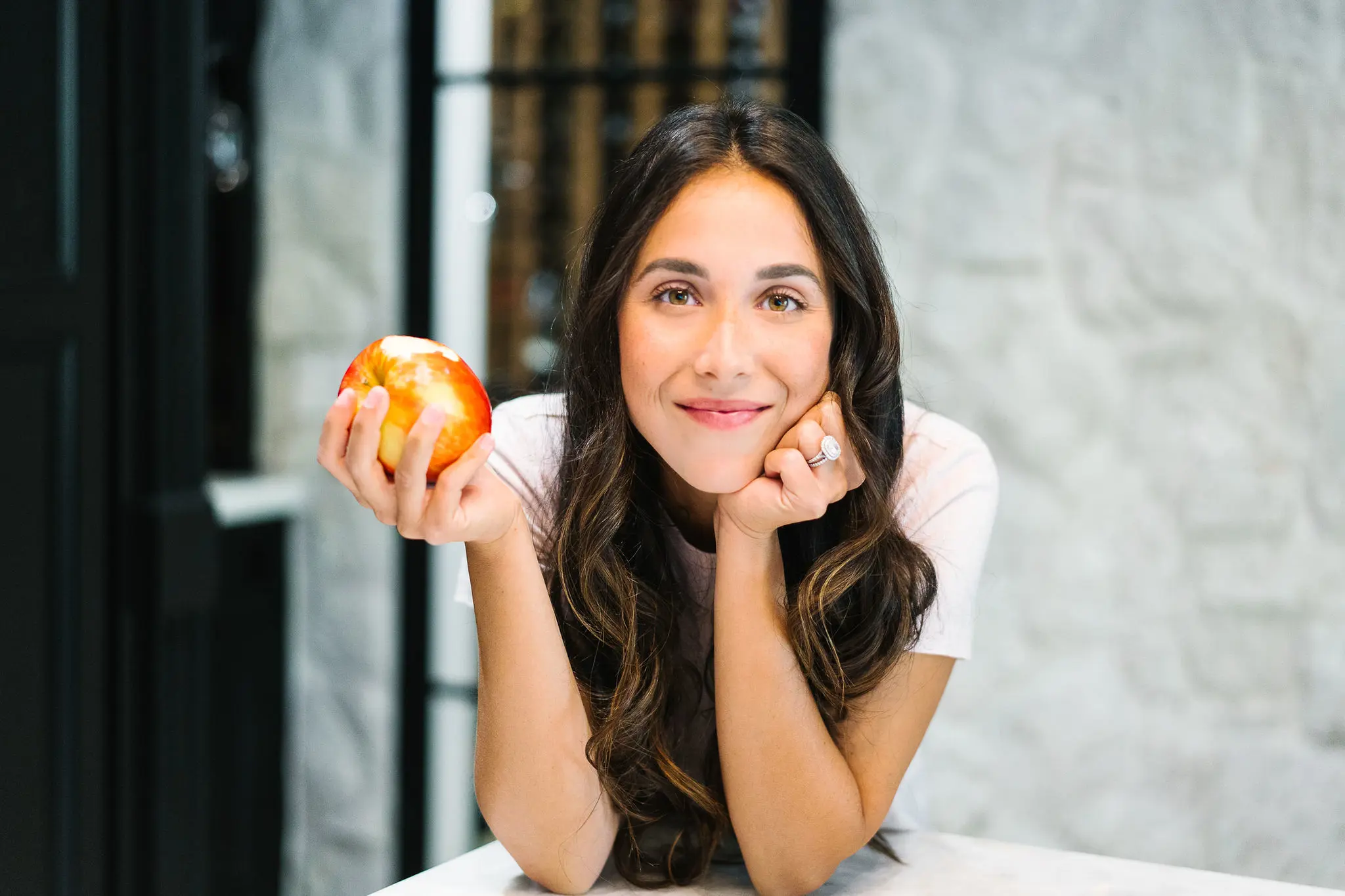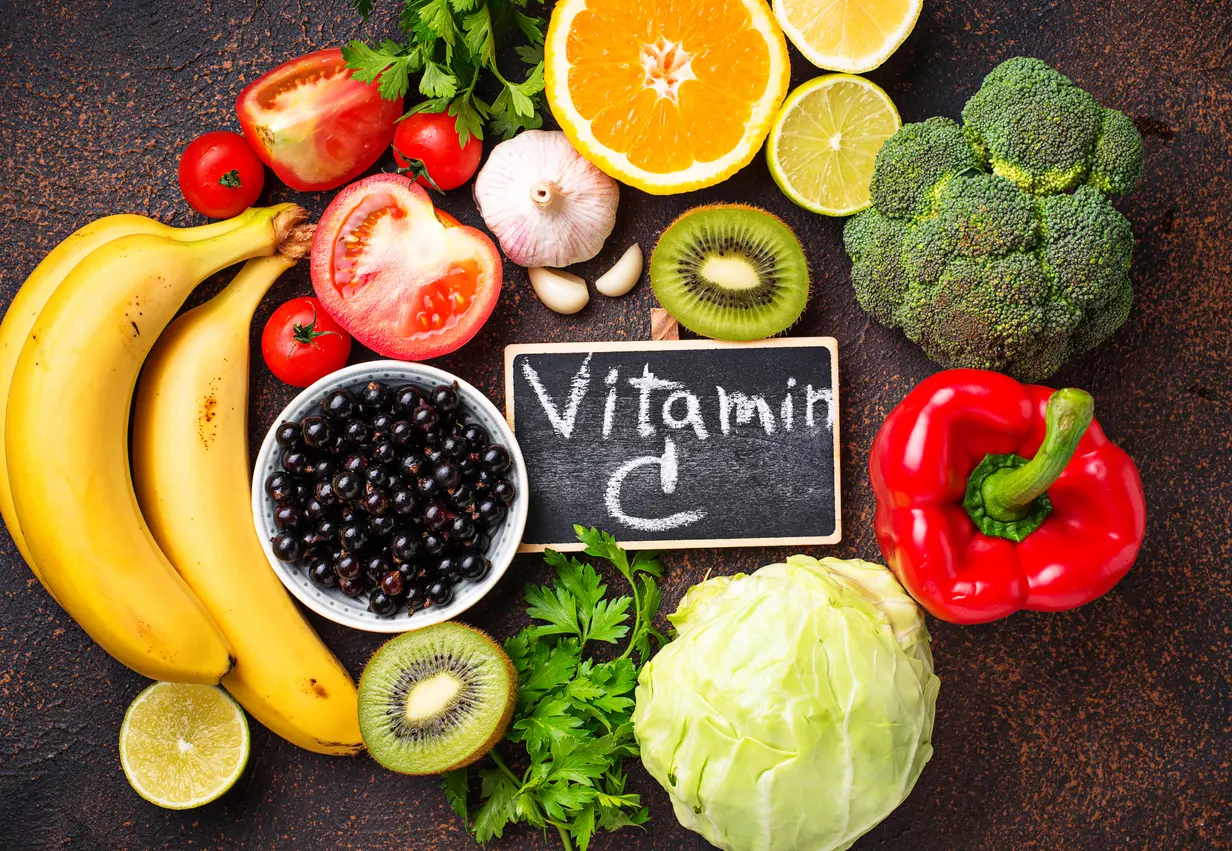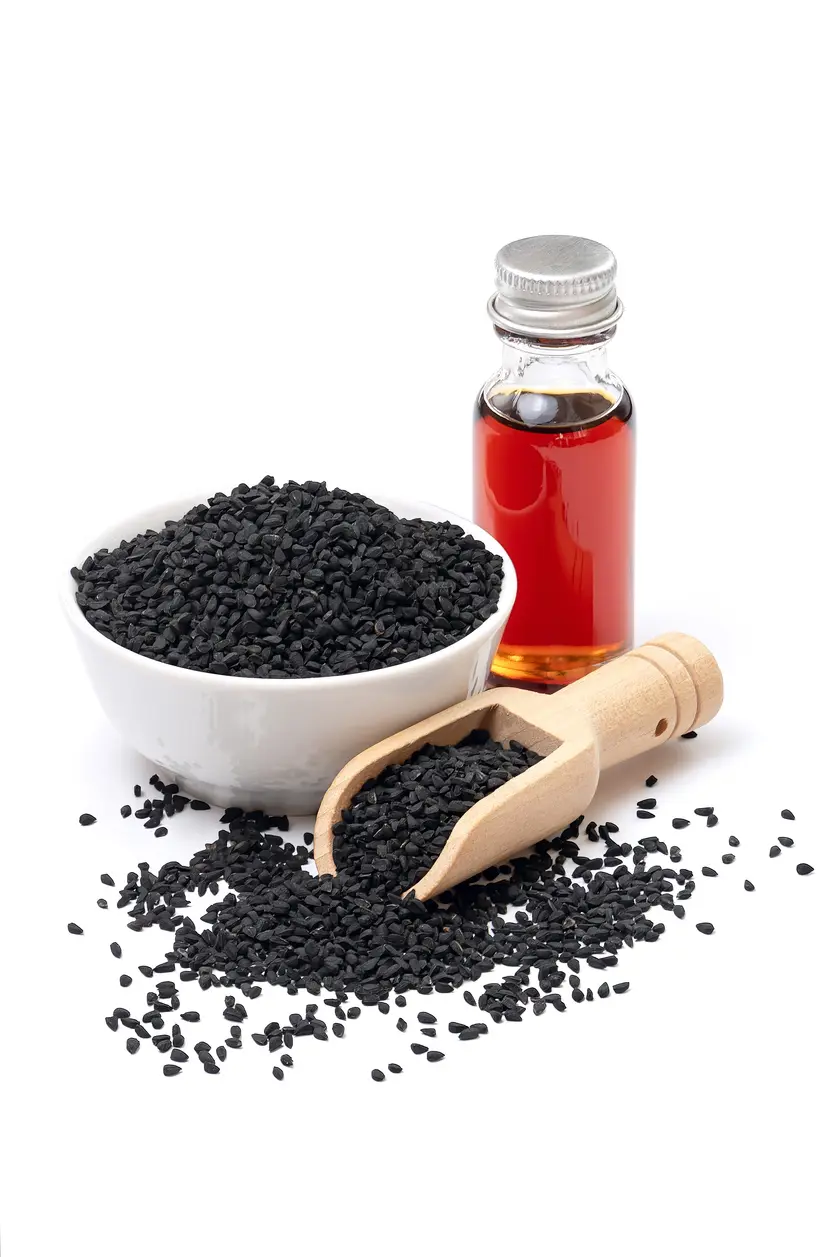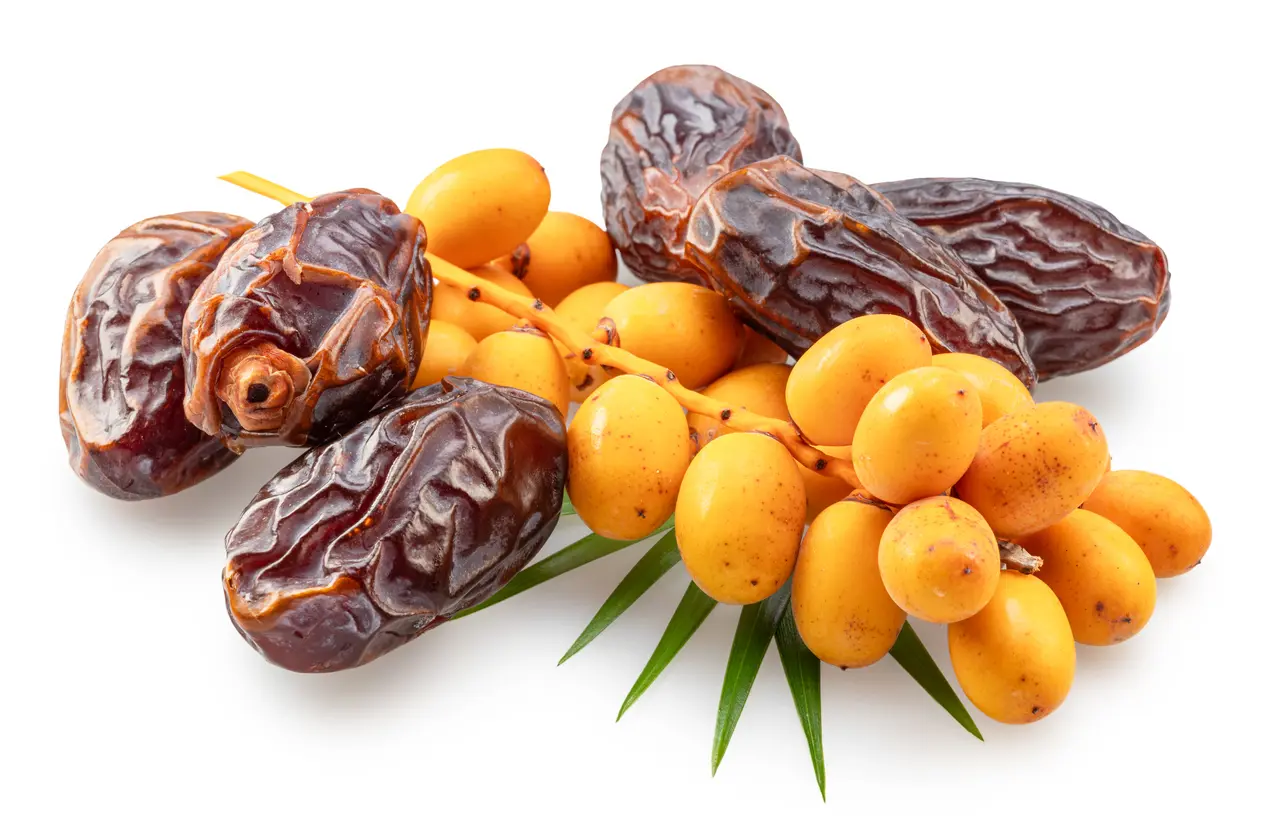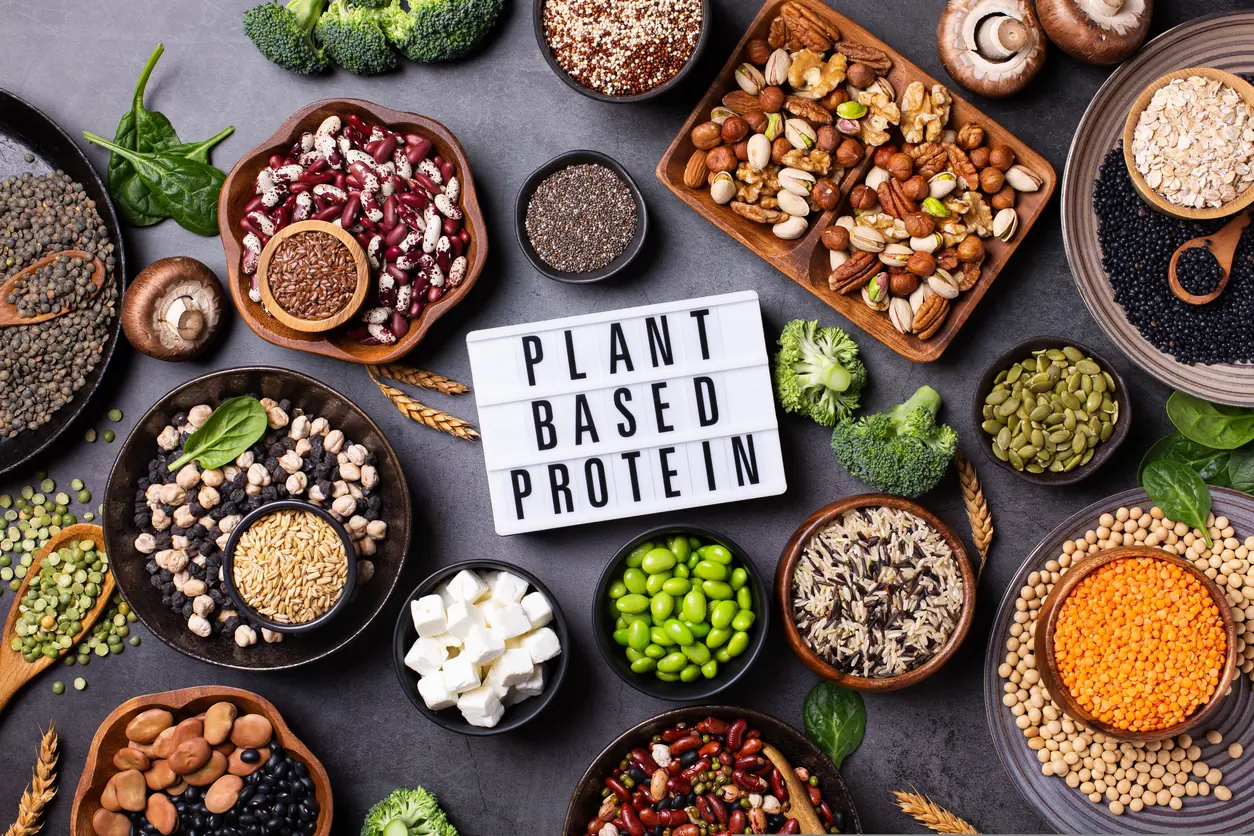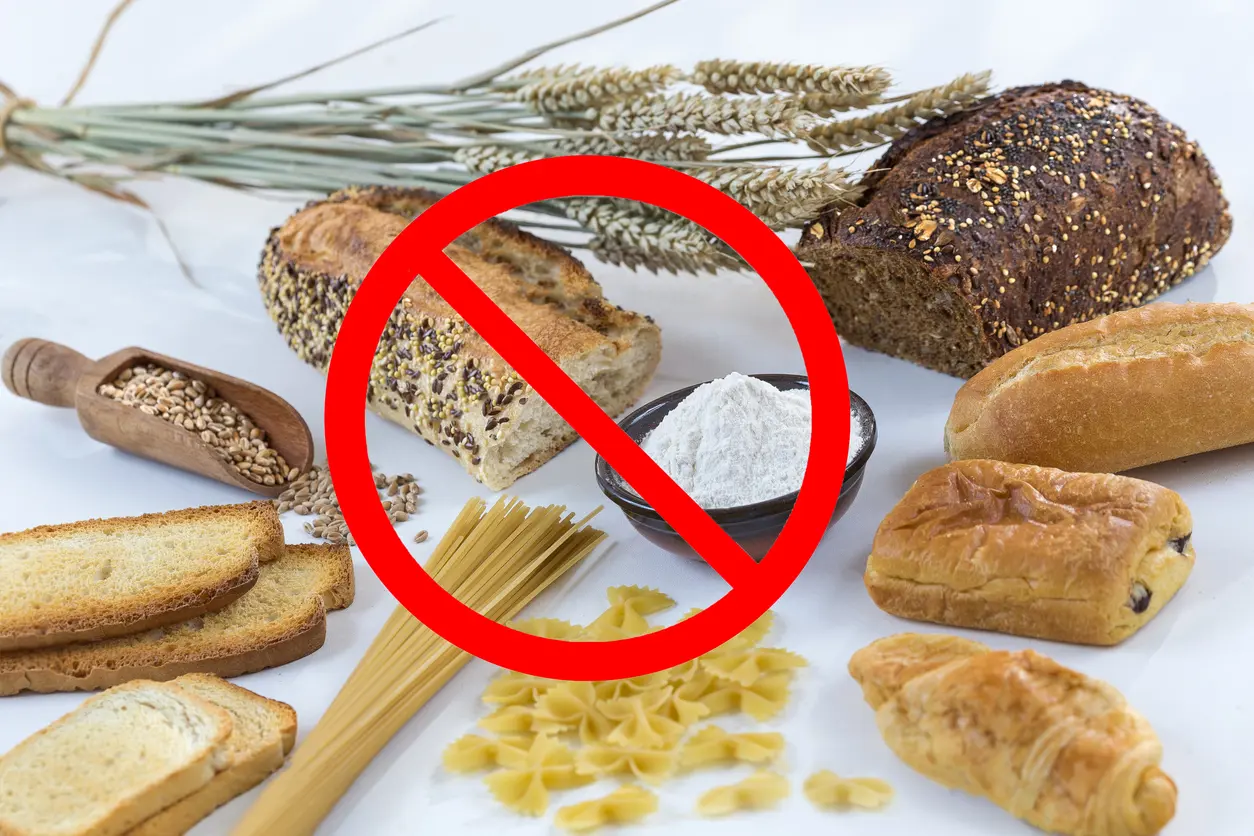A Practical Guide to High-Fiber Foods And Why They Matter
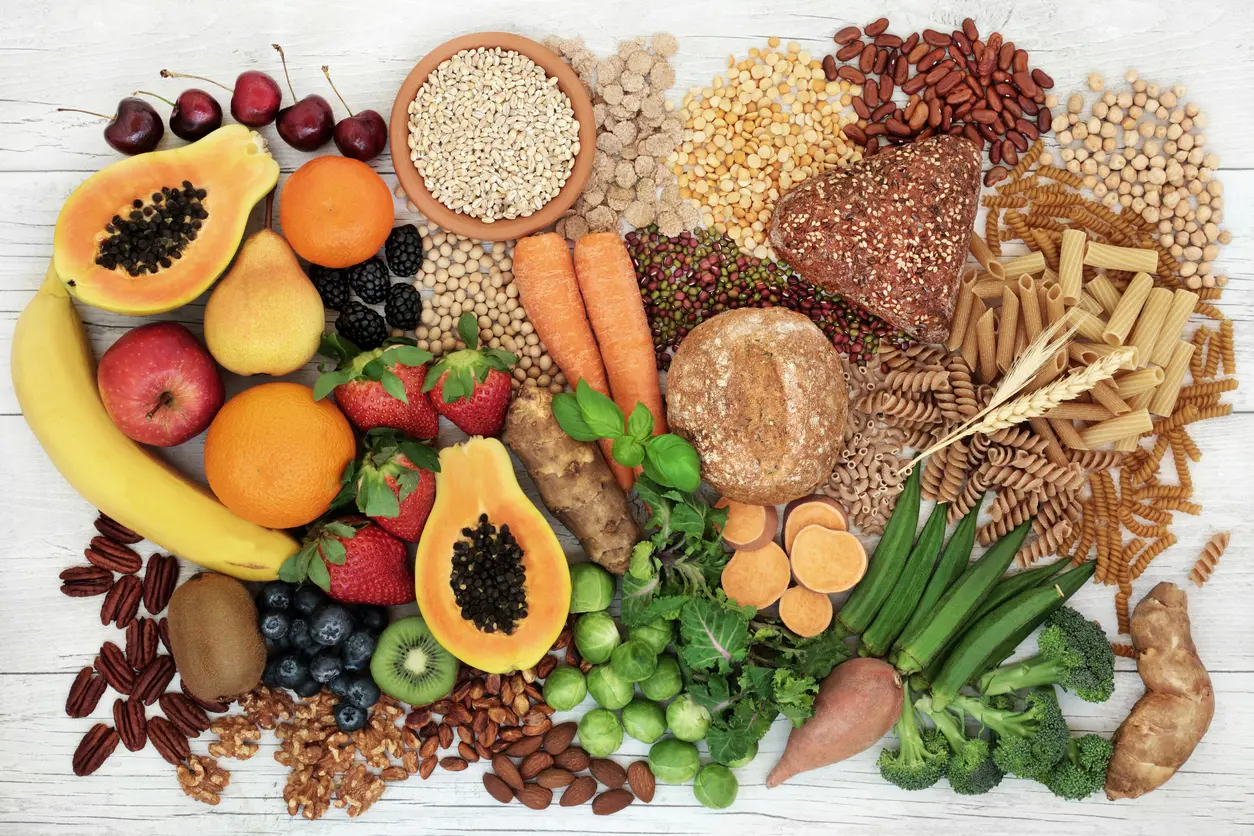
Fiber is an important nutrient to consume on a regular basis for overall health. Fiber aids in optimizing digestion, heart health, and blood sugar. Eating enough fiber can also help people achieve a healthy weight, due to its satiation effect.
Read this article to learn more about high-fiber foods and how to incorporate more fiber into your diet.
What Is Dietary Fiber?
Fiber is a type of carb found in many foods. [1] Fiber 2022 Fiber is a unique type of nutrient in that it passes through the body undigested. This is one of the reasons why it is so helpful for heart health, blood sugar balance, and weight. Because fiber is not broken down into sugar, it helps mediate the response that carbs have on blood sugar, bringing blood sugar down or back into balance.
The two types of fiber are called soluble and insoluble fiber. Soluble fiber dissolves in liquid sources. It has a swelling component that dissolves in the liquid and passes through the body undigested. Some foods that are good sources of soluble fiber include chia seeds, oats, and lentils.
The other kind of fiber is insoluble fiber. This kind of fiber is the opposite of soluble fiber, meaning that it does not dissolve in liquids, and insoluble fiber helps move foods along in the digestive tract. Some foods that are good sources of insoluble fiber include bran, beans, and leafy greens. [1] Fiber 2022
The daily recommended intake for fiber varies by age and gender: [2] Mayo Clinic Staff Dietary fiber: Essential for a healthy diet 2024
- 21 grams per day for women over 50 years old
- 25 grams per day for women under 50 years old
- 30 grams per day for men over 50 years old
- 38 grams per day for men under 50 years old
High-Fiber Foods: What To Eat And Why
Split Peas
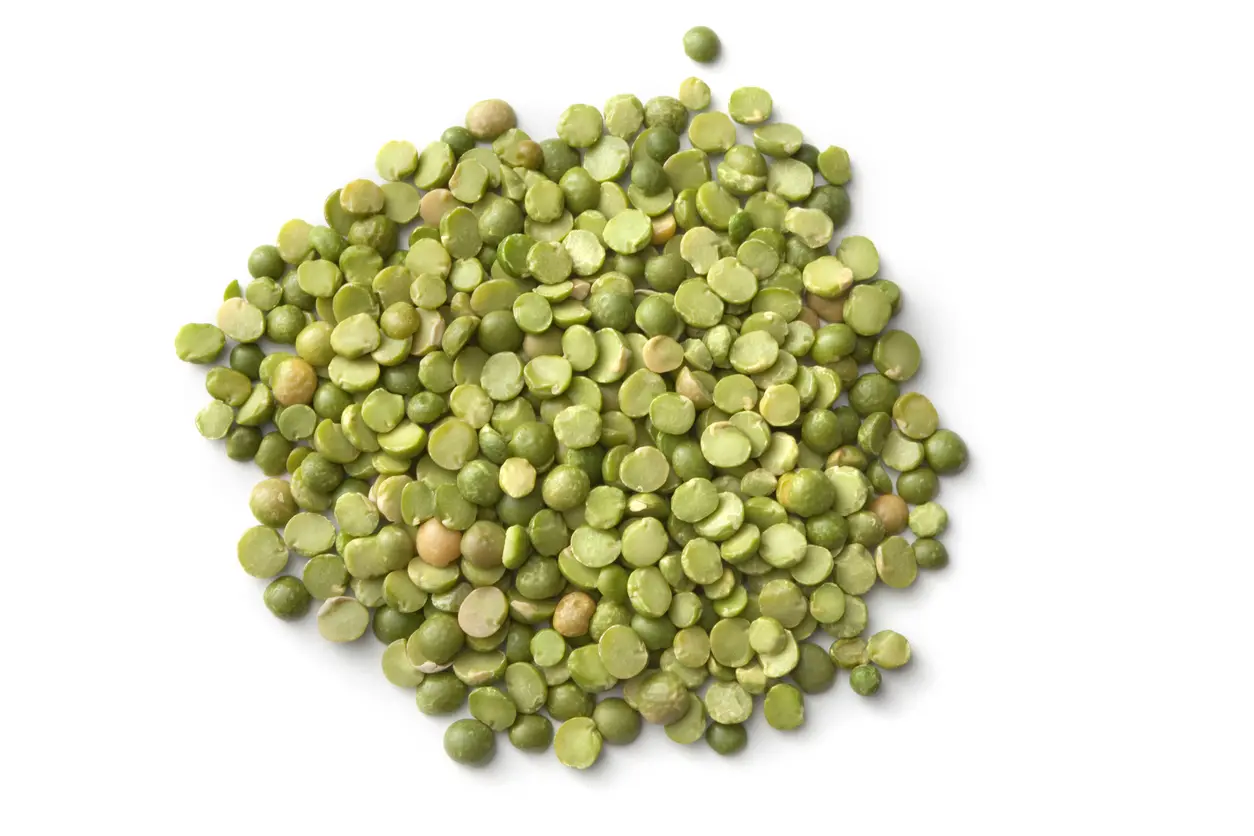
- Split peas have 16.3 grams of fiber per one cup, cooked. [3] Peas, split, mature seeds, cooked, boiled, with salt, 1 cup
- Split peas are the best source of fiber when it comes to legumes, and they give the body protein. Protein is helpful for feeding your lean muscle tissue.
- You can try eating split peas in a split pea soup.
Lentils
- Lentils have 15.6 grams of fiber per 1 cup, cooked. [4] Lentils, mature seeds, cooked, boiled, with salt, 1 cup
- Lentils are a good source of plant-based protein and iron.
- You can try eating lentils in a lentil soup or sprinkled on a salad.
Black Beans
- Black beans have 15 grams of fiber per 1 cup, cooked. [5] Beans, black, mature seeds, cooked, boiled, without salt, 1 cup
- Black beans provide a good source of prebiotic fiber, which is good for the gut microbiome.
- You can try eating black beans in a chili.
Lima Beans

- Lima beans have 13.2 grams of fiber per 1 cup, cooked. [6] Lima beans, large, mature seeds, cooked, boiled, with salt, 1 cup
- Lima beans are a good source of folate, a micronutrient needed in increased amounts during pregnancy.
- You can try eating lima beans dry-roasted as a snack.
Chickpeas
- Chickpeas have 12.5 grams of fiber per 1 cup, cooked. [7] Chickpeas (garbanzo beans, bengal gram), mature seeds, cooked, boiled, without salt, 1 cup
- Chickpeas are also known as garbanzo beans and are a good source of prebiotic fiber, which is good for the gut microbiome.
- You can try eating chickpeas roasted as a snack, or as hummus, which can be used as a dip with veggies or chips.
Chia Seeds
- Chia seeds have 10 grams of fiber per 2 tablespoons. [8] Seeds, chia seeds, dried, 1 oz
- Chia seeds are a great source of both soluble and insoluble fiber and provide healthy omega-3s.
- You can try eating chia seeds mixed into yogurt or into a smoothie.
Avocado
- One medium avocado has 10 grams of fiber. [9] Avocados, raw, all commercial varieties, 1 cup, pureed
- Avocado is a great source of healthy, unsaturated fats, which is anti-inflammatory for the body.
- You can try eating avocado on top of a burger patty or as guacamole with chips.
Green Peas
- Green peas have 8.8 grams of fiber per 1 cup, cooked. [10] Peas, green, raw, 1 cup
- Green peas are a great source of protein and contain soluble fiber, which can help to lower low-density lipoprotein, or the bad kind of cholesterol. Green peas are a high-fiber vegetable.
- You can try eating green peas mixed into a stir-fry.
Raspberries
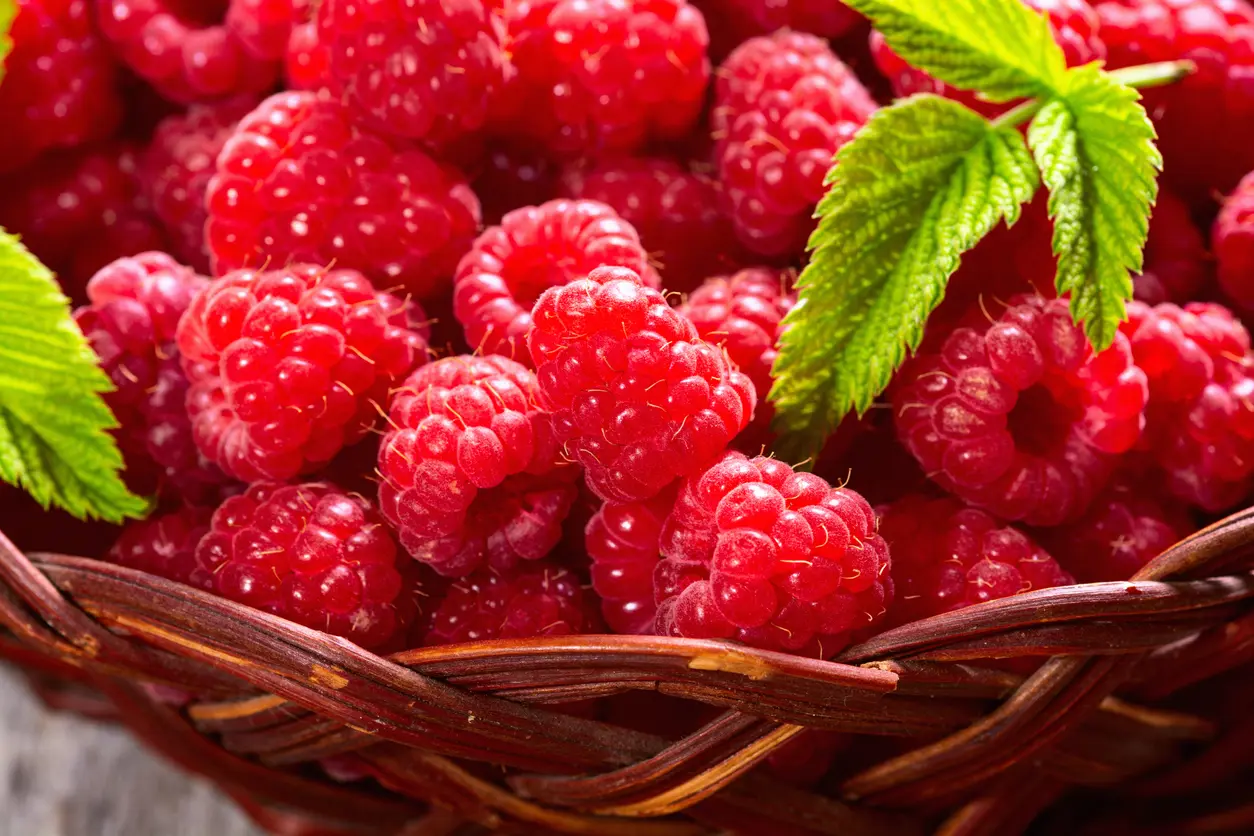
- Raspberries have 8 grams of fiber per 1 cup. [11] Raspberries, raw, 1 cup
- Raspberries are a high-fiber fruit and a good source of antioxidants, which help reduce inflammation in the body and fight against diseases.
- You can try eating raspberries mixed with Greek yogurt.
Artichoke
- One medium artichoke has 6.9 grams of fiber. [12] Artichokes, (globe or french), raw, 1 artichoke, medium
- Artichokes have a powerful antioxidant in them known as cynarin. They are also a great source of vitamin C.
- You can try eating artichokes roasted with a dipping sauce.
Whole Wheat Noodles
- Whole wheat noodles have 6.3 grams of fiber per 1 cup, cooked. [13] Macaroni, whole-wheat, cooked, 1 cup elbow shaped
- Whole wheat noodles give your body extra vitamins, like B vitamins.
- You can try eating whole wheat noodles with ground turkey, veggies, and tomato sauce.
Barley
- Barley provides 6 grams of fiber per 1 cup, cooked. [14] Barley, 1 cup
- Barley is a good source of slow-digesting starch, helping to stabilize blood sugars.
- You can try eating barley in soups or stews.
Pears
- One medium pear provides the body with 5.5 grams of dietary fiber. [15] Pears, raw, 1 pear, medium (approx 2-1/2 per lb)
- Pears are a rich source of anthocyanins, a rich antioxidant that can protect the body against heart disease.
- You can try eating pears on their own, mixed into yogurt, or baked with cinnamon.
Quinoa
- Quinoa provides the body with 5.2 grams of fiber per 1 cup, cooked. [16] Quinoa, 1 cup
- Quinoa provides the body with a complete plant-based protein, giving all nine essential amino acids.
- You can try eating quinoa mixed into a salad or as a side with a piece of fish.
Broccoli
- Broccoli provides 5.1 grams of fiber per 1 cup, cooked. [17] Broccoli, raw, 1 cup chopped
- Broccoli is great for health as it is a potent antioxidant, providing the body with a lot of sulforaphane.
- You can try eating broccoli roasted with avocado oil and spices of choice.
Apple
- One medium apple provides 4.4 grams of fiber. [18] Apples, raw, with skin, 1 large (3-1/4" dia) (approx 2 per lb)
- Apples are rich in both soluble and insoluble fibers. They are also a good source of pectin, a type of fiber that can aid in digestive health.
- You can try eating apples as a snack with peanut butter.
Oats
- Oats provide 4 grams of fiber per ½ cup serving. [19] Oats, 1 cup
- Oats provide the body with a unique polyphenol called acetamide. Acetamides have been shown to be anti-inflammatory for the body.
- You can try eating oats as oatmeal, mixed with some walnuts.
Carrots
- Carrots provide 3.6 grams of fiber per 1 cup of raw carrots. [20] Carrots, raw, 1 cup, strips or slices
- Carrots contain a lot of vitamin A, so they can help support vision.
- You can try eating carrots as a snack dipped in hummus.
Almonds
- Almonds provide 3.5 grams of fiber per ounce. [21] Nuts, almonds, 1 almond
- Almonds provide the body with a lot of vitamin E, which is an important antioxidant that helps support heart health.
- You can try eating almonds by snacking on some trail mix.
Brown Rice
- Brown rice provides 3.5 grams of fiber per 1 cup, cooked. [22] Rice, brown, long-grain, cooked, 1 cup
- Brown rice provides more fiber than white rice and gives the body a B vitamin boost.
- You can try eating brown rice in a stir-fry with veggies and tofu.
Sweet Potato
- One medium sweet potato, with skin, provides 3.8 grams of fiber. [23] Sweet potato, cooked, baked in skin, without salt, 1 large
- Sweet potatoes, like carrots, give the body a lot of vitamin A, which is very good for eye health.
- You can try eating sweet potatoes roasted with a little butter.
Banana
- One medium banana provides 3.1 grams of fiber. [24] Bananas, raw, 1 medium (7" to 7-7/8" long)
- Bananas give the body a lot of potassium, which aids in supporting a healthy heart and blood pressure.
- You can try eating bananas blended into a smoothie or dipped into almond butter as a snack.
Tips to Add More Fiber to Your Diet
If you are wondering how to get more fiber, look no further. Adding more fiber to your diet should be done slowly, starting low and going slow. This gives your body enough time to acclimate to the change without the uncomfortable digestive symptoms.
It is also important to increase your water intake as you are increasing your daily fiber intake, so that you minimize digestive discomfort.
Another tip is to combine the fiber-rich foods with other protein and healthy fat-based foods for balance. If you are wondering how much fiber certain foods have, check the nutrition label or consult a qualified professional for nutrition education.
Summary and FAQs
Overall, fiber is an important part of the diet and can be added in by eating many high-fiber foods, including high-fiber fruits and vegetables. Getting enough fiber is great for digestion, heart health, blood sugar balance, and weight goals.
Can fiber help with weight loss?
Fiber can help promote a healthy weight loss by aiding in satiety and digestion. [25] Making one change — getting more fiber — can help with weight loss While weight loss is a multifaceted equation, increasing your fiber intake can aid in achieving your weight goals. If you want more personalized education on how to achieve your weight goals, consult a qualified professional. They can also educate you on foods high in fiber, the best sources of fiber, and high-fiber diet foods.
Can I get too much fiber?
Yes, it is possible to eat too many fiber-rich foods and cause digestive symptoms like bloating and/or diarrhea. [26] Dietary fiber: Essential for a healthy diet This is why it is important to slowly increase fiber intake and listen to your body.
Why does fiber make you feel full?
Fiber aids in satiety because it slows down digestion. This lets your brain catch up to your stomach and signal that you are feeling full.
Want to improve your gut health and increase your fiber intake the right way? Subscribe to our newsletter for weekly fiber-friendly recipes and tips!
Was this article helpful?
-
Fiber; ( 2022 )
https://nutritionsource.hsph.harvard.edu/carbohydrates/fiber/ -
Dietary fiber: Essential for a healthy diet; Mayo Clinic Staff; ( 2024 )
https://www.mayoclinic.org/healthy-lifestyle/nutrition-and-healthy-eating/in-depth/fiber/art-20043983 -
Peas, split, mature seeds, cooked, boiled, with salt, 1 cup;
https://www.urmc.rochester.edu/encyclopedia/content?contenttypeid=76&contentid=16386-1 -
Lentils, mature seeds, cooked, boiled, with salt, 1 cup;
https://www.urmc.rochester.edu/encyclopedia/content?contenttypeid=76&contentid=16370-1 -
Beans, black, mature seeds, cooked, boiled, without salt, 1 cup;
https://www.urmc.rochester.edu/encyclopedia/content?contenttypeid=76&contentid=16015-1 -
Lima beans, large, mature seeds, cooked, boiled, with salt, 1 cup;
https://www.urmc.rochester.edu/encyclopedia/content?contenttypeid=76&contentid=16372-1 -
Chickpeas (garbanzo beans, bengal gram), mature seeds, cooked, boiled, without salt, 1 cup;
https://www.urmc.rochester.edu/encyclopedia/content?contenttypeid=76&contentid=16057-1 -
Seeds, chia seeds, dried, 1 oz;
https://www.urmc.rochester.edu/encyclopedia/content?contenttypeid=76&contentid=12006-1 -
Avocados, raw, all commercial varieties, 1 cup, pureed;
https://www.urmc.rochester.edu/encyclopedia/content?contenttypeid=76&contentid=09037-2 -
Peas, green, raw, 1 cup;
https://www.urmc.rochester.edu/encyclopedia/content?contenttypeid=76&contentid=11304-1 -
Raspberries, raw, 1 cup;
https://www.urmc.rochester.edu/encyclopedia/content?contenttypeid=76&contentid=09302-1 -
Artichokes, (globe or french), raw, 1 artichoke, medium;
https://www.urmc.rochester.edu/encyclopedia/content?contenttypeid=76&contentid=11007-1 -
Macaroni, whole-wheat, cooked, 1 cup elbow shaped;
https://www.urmc.rochester.edu/encyclopedia/content?contenttypeid=76&contentid=20108-1 -
Barley, 1 cup;
https://www.urmc.rochester.edu/encyclopedia/content?contenttypeid=76&contentid=20004-1 -
Pears, raw, 1 pear, medium (approx 2-1/2 per lb);
https://www.urmc.rochester.edu/encyclopedia/content?contenttypeid=76&contentid=09252-3 -
Quinoa, 1 cup;
https://www.urmc.rochester.edu/encyclopedia/content?contenttypeid=76&contentid=20035-1 -
Broccoli, raw, 1 cup chopped;
https://www.urmc.rochester.edu/encyclopedia/content?contenttypeid=76&contentid=11090-1 -
Apples, raw, with skin, 1 large (3-1/4" dia) (approx 2 per lb);
https://www.urmc.rochester.edu/encyclopedia/content?contenttypeid=76&contentid=09003-3 -
Oats, 1 cup;
https://www.urmc.rochester.edu/encyclopedia/content?contenttypeid=76&contentid=20038-1 -
Carrots, raw, 1 cup, strips or slices;
https://www.urmc.rochester.edu/encyclopedia/content?contenttypeid=76&contentid=11124-3 -
Nuts, almonds, 1 almond;
https://www.urmc.rochester.edu/encyclopedia/content?contenttypeid=76&contentid=12061-6 -
Rice, brown, long-grain, cooked, 1 cup;
https://www.urmc.rochester.edu/encyclopedia/content?contenttypeid=76&contentid=20037-1 -
Sweet potato, cooked, baked in skin, without salt, 1 large;
https://www.urmc.rochester.edu/encyclopedia/content?contenttypeid=76&contentid=11508-2 -
Bananas, raw, 1 medium (7" to 7-7/8" long);
https://www.urmc.rochester.edu/encyclopedia/content?contenttypeid=76&contentid=09040-5 -
Making one change — getting more fiber — can help with weight loss;
https://www.health.harvard.edu/blog/making-one-change-getting-fiber-can-help-weight-loss-201502177721 -
Dietary fiber: Essential for a healthy diet;
https://www.mayoclinic.org/healthy-lifestyle/nutrition-and-healthy-eating/in-depth/fiber/art-20043983


